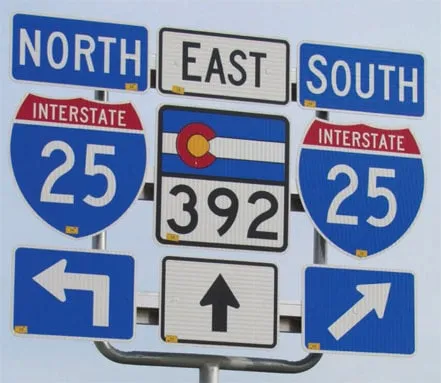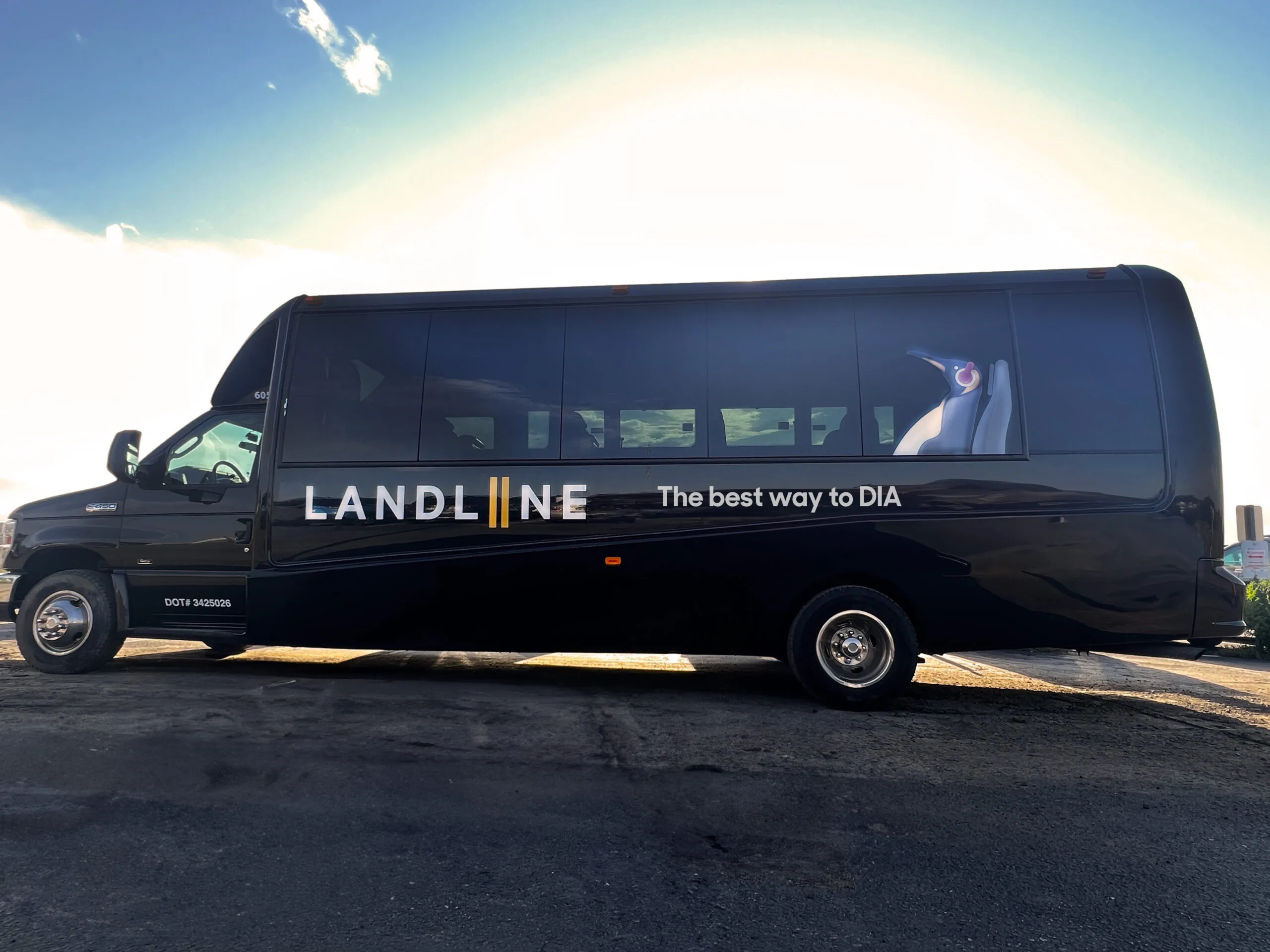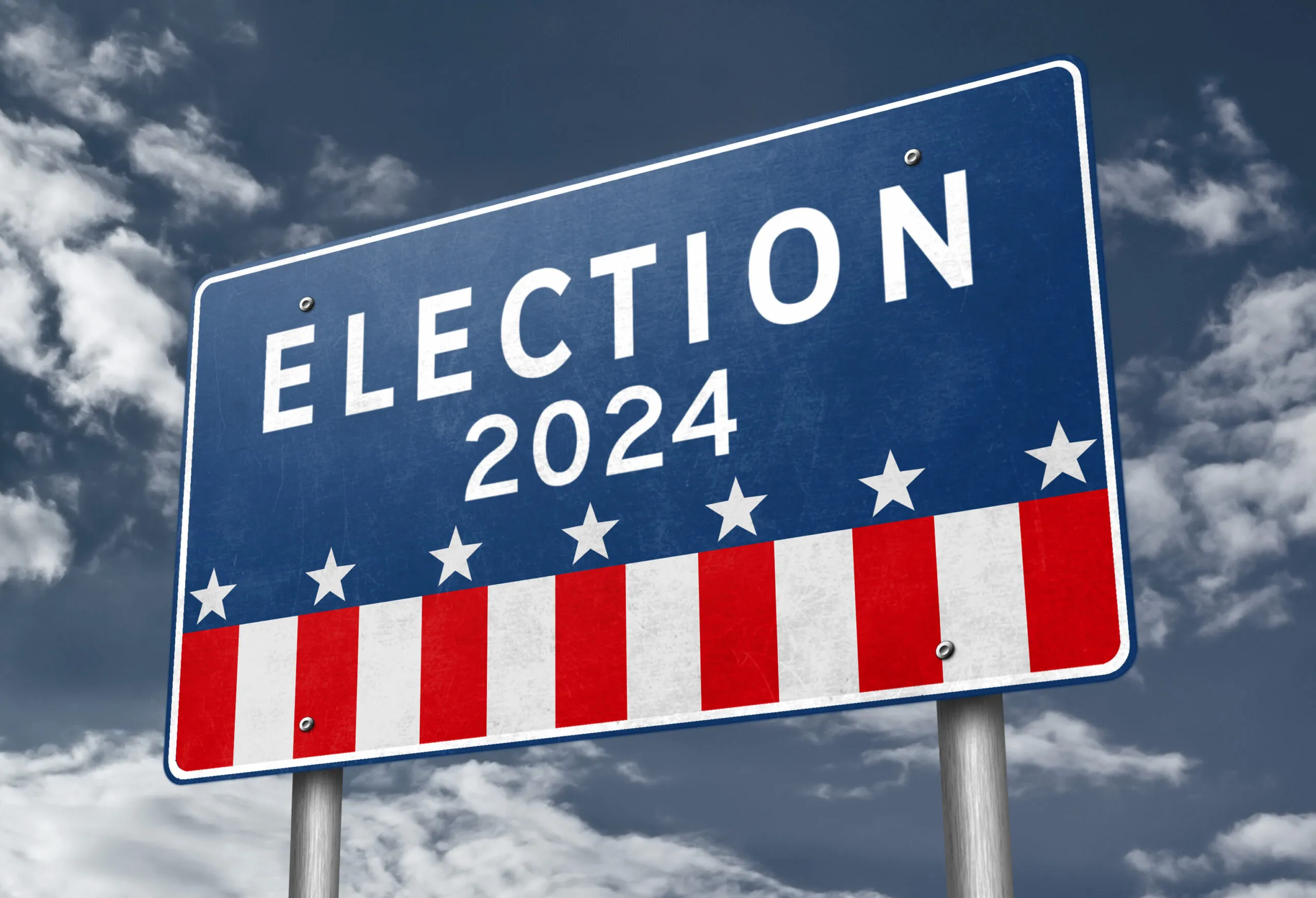Integration, independence, I-25 on the itinerary of transportation insiders

WINDSOR — A discussion among transportation officials and others Tuesday focused on how to merge local concerns with regional and state work, as well as the broader aims of federal policymakers, and how to pay for all of it.
Participants in a BizWest CEO Roundtable on Transportation at the Better Business Bureau offices just off Interstate 25 in Windsor put serious time into considering that particular roadway and a myriad of connector roads that bring a living stream of commuters onto the thoroughfare every day. Also getting attention: an airport system growing with a vastly expanding population, housing affordability issues related…
THIS ARTICLE IS FOR SUBSCRIBERS ONLY
Continue reading for less than $3 per week!
Get a month of award-winning local business news, trends and insights
Access award-winning content today!




